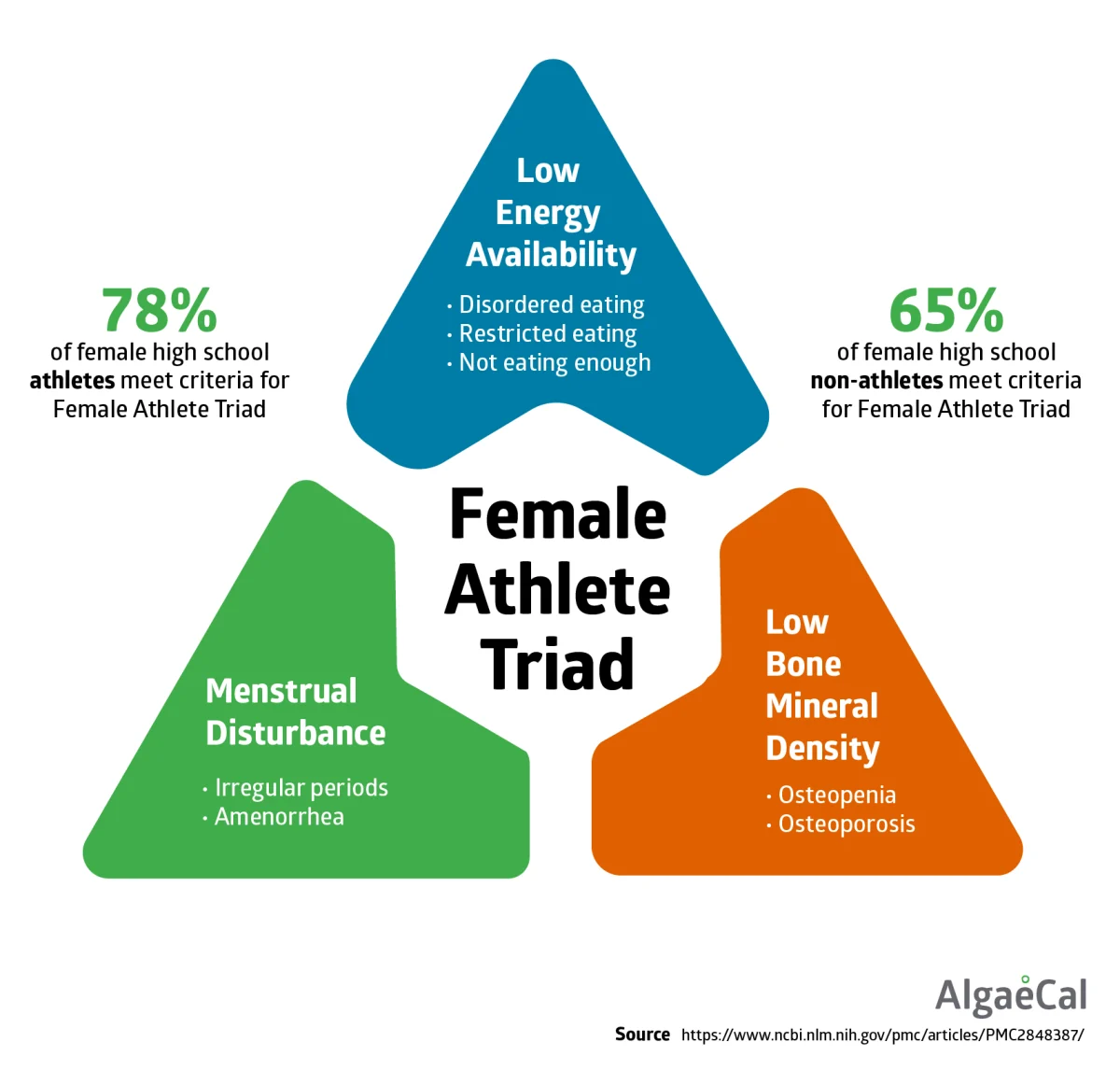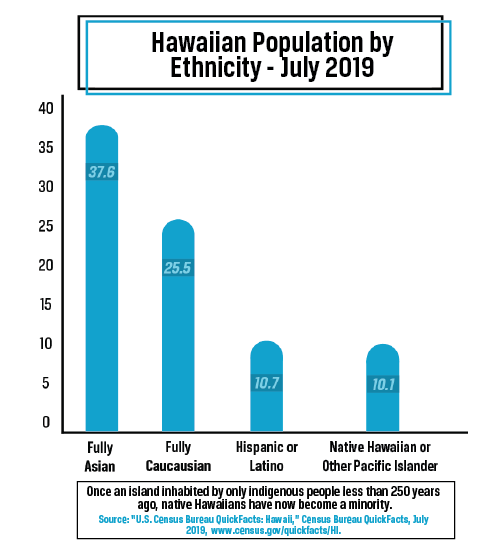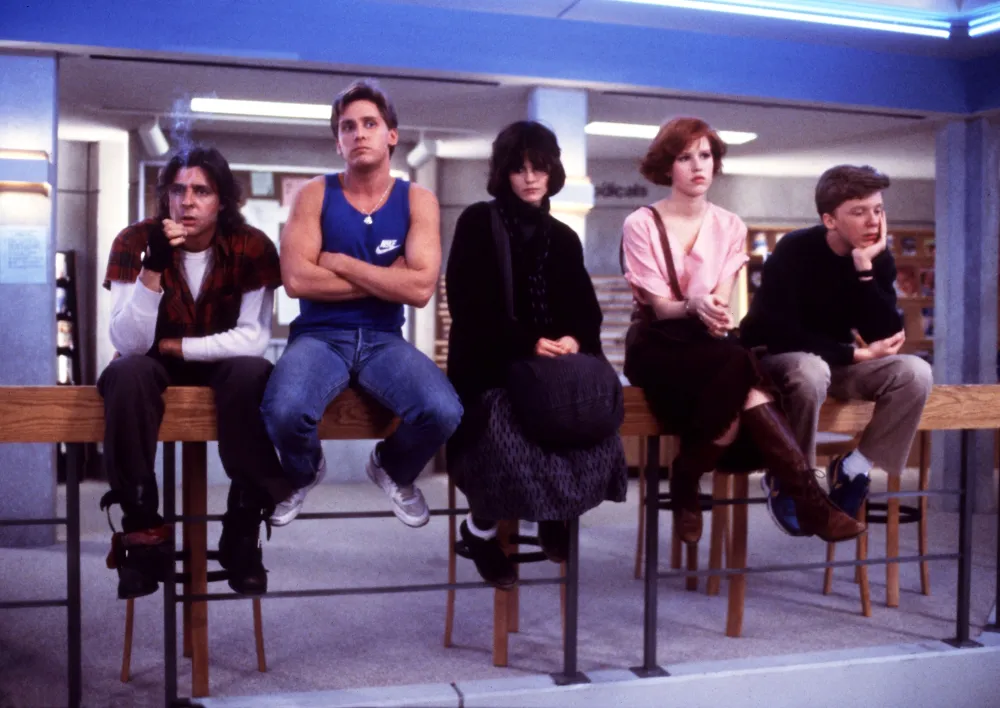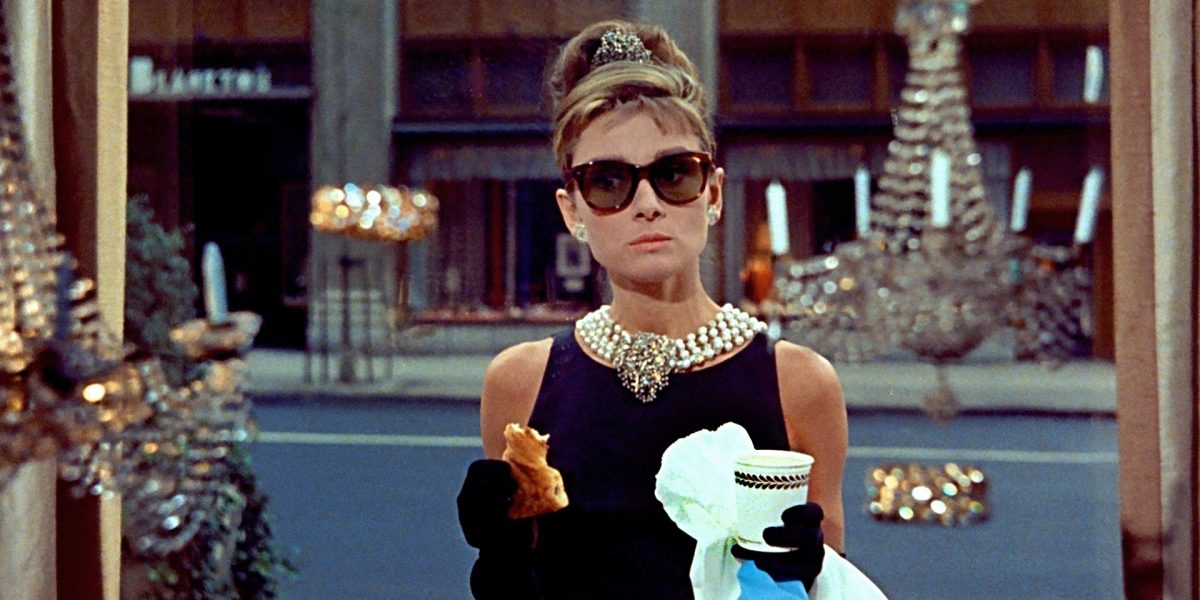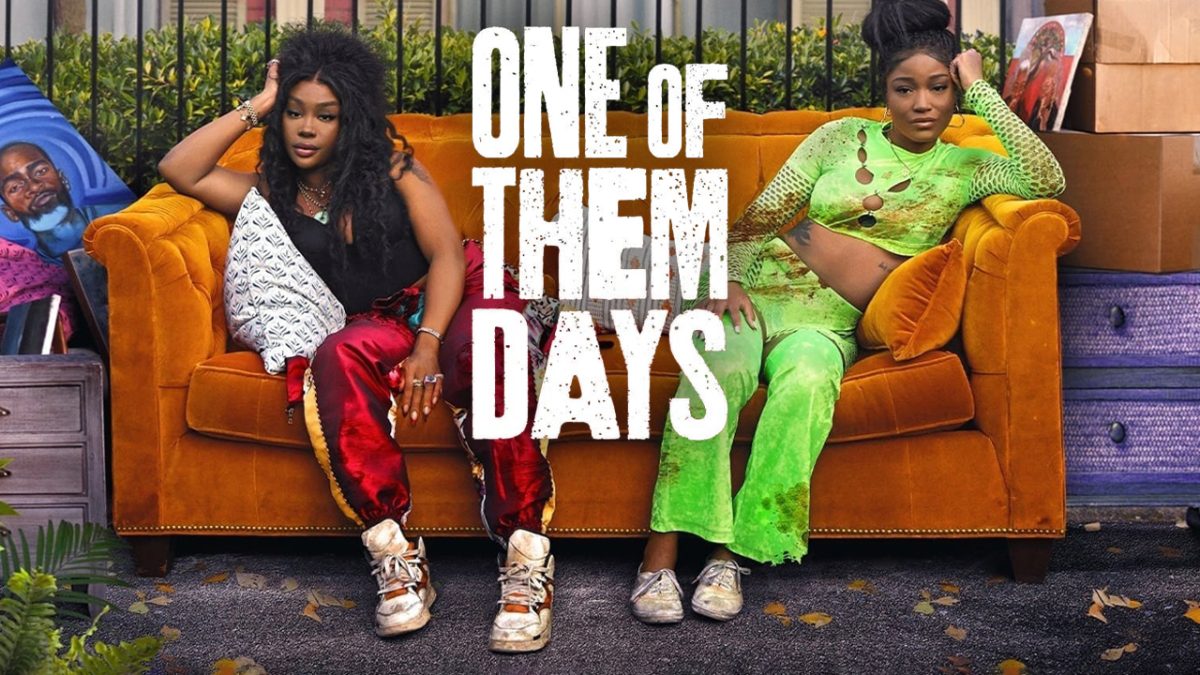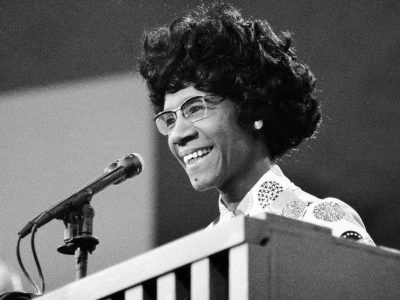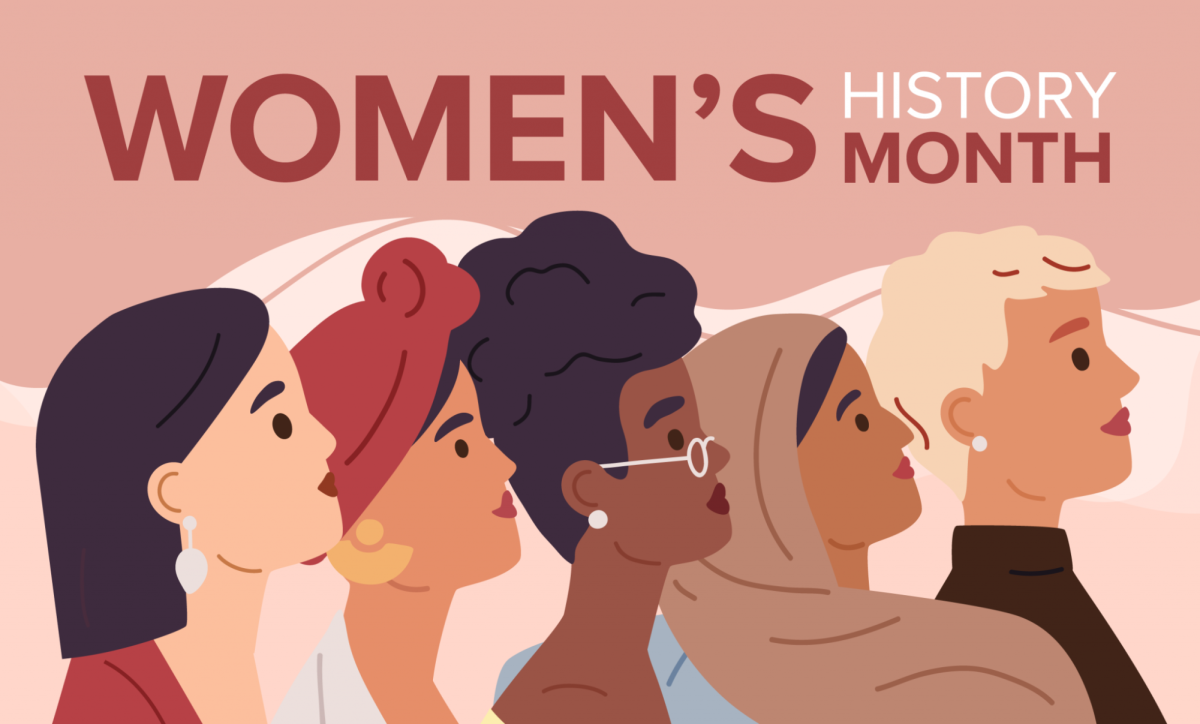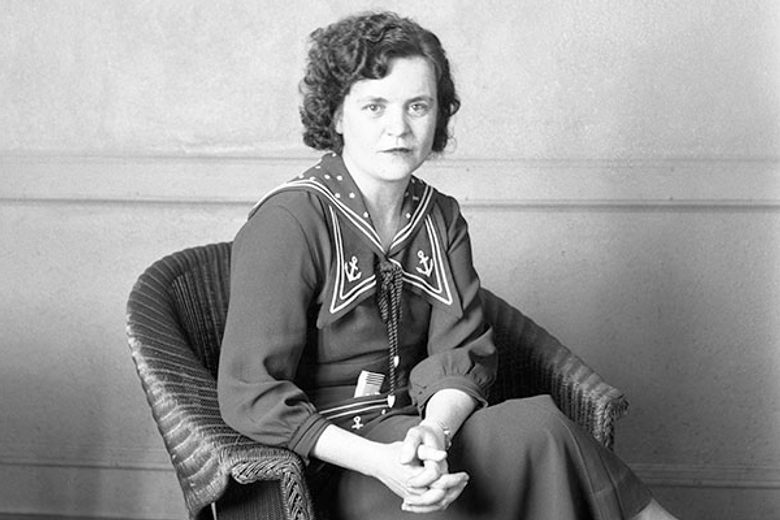Weight Loss and What it Means for You
It’s the new year, and it’s supposed to be a new you. For some, this is making your bed every day, learning a new language, or calling your parents more often. The most popular New Year’s Resolution is to work out and lose weight. With over two-thirds of Americans being overweight or obese, it is not surprising that many may want to feel stronger for the new year.
This headfirst dive into healthiness is not the best method to feel great in your body and can lead to disordered eating and severe body checking. Due to the promotion of a small figure through popular media, many believe that losing weight is the only way to be healthy, but that is simply not true. 70% of normal-weight women want to be thinner, even though their bodies are proficient the way they are.
This continual craving for “skinniness” is impossible to reach quickly, and for some is just genetically unlikely. Over 80 percent of teenage girls are “afraid of being fat,” which does stem from personal prejudice, but also the depictions of overweight people on television and social media.

Disney has been a large perpetrator of these messages, with villains such as Ursula from The Little Mermaid, The Queen of Hearts from the animated Alice in Wonderland, and Hades from Hercules, all portrayed as overweight or out of shape. Some of the most notable goofy or foolish characters in the Disney universe were overweight as well, like Syndrome from The Incredibles, Chien-Po from Mulan, and Smee from Peter Pan. Although these may have not been intentional, they do send messages to young children that all overweight people may share these characteristics.
Additionally, on the Disney Channel, there are no plus-sized main characters or love interests on any of their current shows. The only notable non-thin star was the actress Raven Symone who starred in That’s So Raven from 2003 to 2007. Symone was an utter star on the show and garnered over 10 million views during her most popular episodes.
Symone’s success does not erase the failures of popular networks to show all body types positively. It is still crucial that both television and movies showcase every body type as the leads of their programs, and highlight especially for children that all bodies are beautiful.
Now you may be wondering, “What does this have to do with my New Year’s Resolution?”. Although this may seem shocking, the messages sent to you in adolescence about different body types may affect your decision to want to lose weight. Do you see all bodies as beautiful? Did you see models and actors who were plus-sized in your favorite shows, movies, and commercials?
If not, you may want to reconsider your decision to rush into working out. It usually takes three to four months to see results, and if you’re up for the challenge there are so many healthy ways to go about this.
Especially for teenagers, trying to control puberty and the human body’s natural fluctuation can lead to further health issues. 19% of high school girls report chronic dieting and 57% engage in unhealthy weight control behaviors because they believed that being thinner would make them happier, healthier, and better looking.
These mindsets are very harmful so here are five other questions to ask yourself before deciding to set a goal to lose weight.
- Do I know the difference between losing weight and being healthy?
- Am I using pictures of other people as my goal images?
- Did I decide to do this after looking at my body negatively?
- Am I willing to commit three to four months of a new lifestyle?
- Do I have the support I need to embark on this journey?
As I conclude, I would like to recognize my own personal privileges as a skinny person. I do not experience the same negative messages about my body, and I have no intention of speaking for plus-sized people. I am a firm believer in the importance of representation, and my goal with this article is to highlight the need for further representation of all body types. I don’t believe that there is a “right” or “wrong” when it comes to someone’s body, but rather that bodies should protect from disease, and allow every person to experience life with joy and minimal health-related interruptions.



























